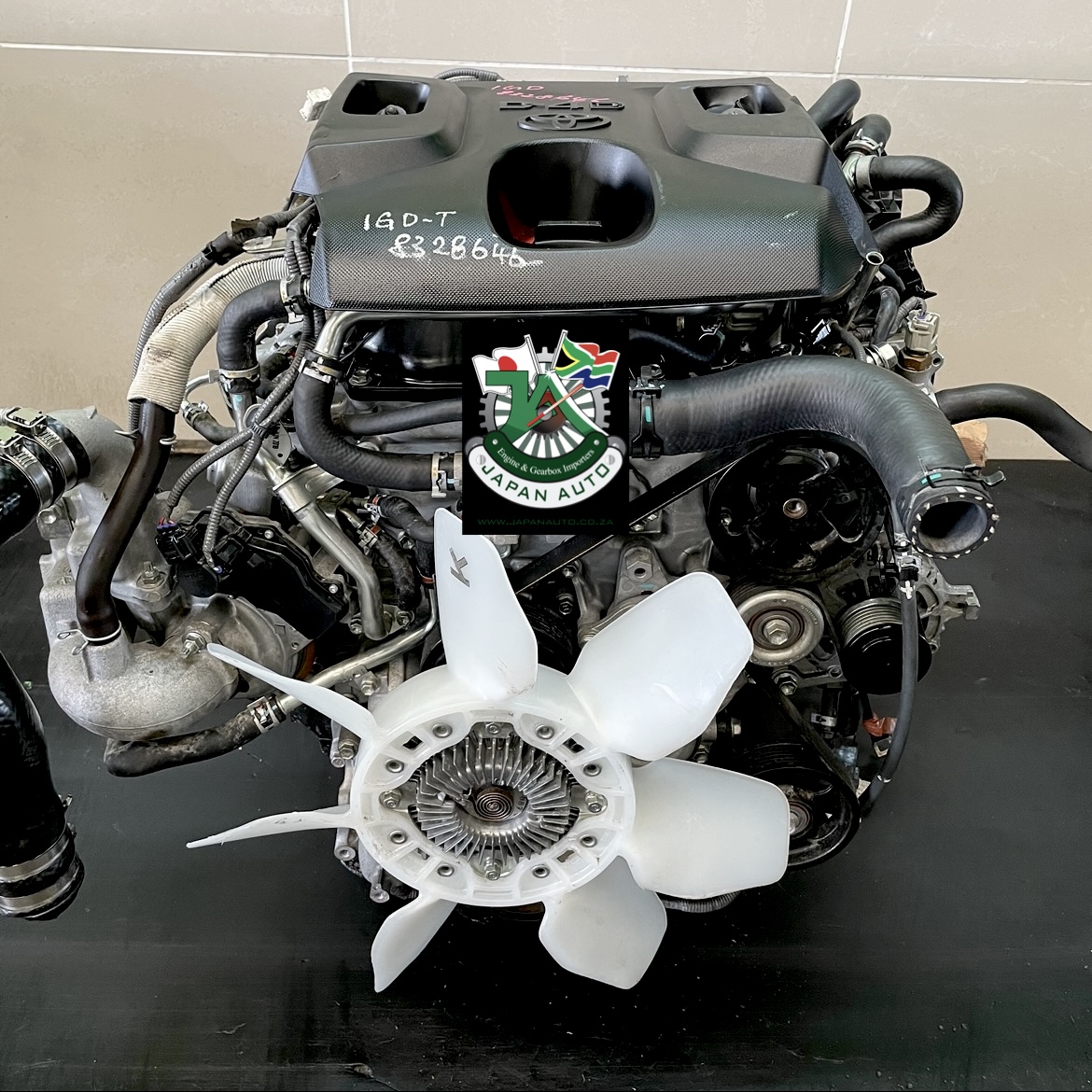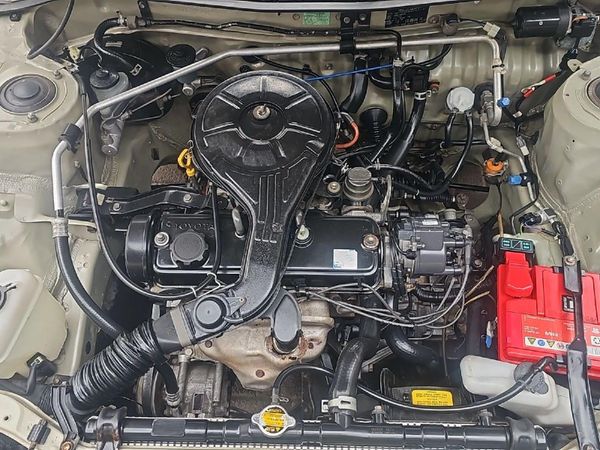Toyota Tazz: Understanding Its Popularity in the Used Car Market
Toyota Tazz: Understanding Its Popularity in the Used Car Market
Blog Article
Explore the most up to date Patterns in Engine Modern Technology Via Tazz
In the rapidly developing landscape of automobile innovation, Tazz stands at the center, highlighting substantial advancements in engine systems that prioritize both innovation and sustainability. tazz. From hybrid engines that optimize fuel efficiency to the development of hydrogen fuel cells, the trends shaping modern powertrains are not only enhancing performance but additionally addressing critical environmental challenges. As the industry remains to press borders, it is crucial to take into consideration just how these advancements will influence future transportation solutions and the broader effects for international power usage. What lies in advance in this crucial makeover?
Crossbreed Engine Innovations
Hybrid engine innovations stand for an essential shift in auto innovation, combining the advantages of internal burning engines with electric propulsion systems. This assimilation not only boosts fuel performance but additionally decreases exhausts, meeting progressively strict ecological regulations. By using both power resources, hybrid engines can optimize performance, supplying power when required while saving gas throughout much less demanding motoring conditions.
Current advancements in hybrid innovation include improvements in battery effectiveness and regenerative stopping systems. These advancements permit greater power recovery throughout slowdown, which can be redirected to aid in velocity or power auxiliary systems. In addition, producers are concentrating on light-weight materials and compact layouts to make best use of the efficiency of hybrid powertrains.
The growth of plug-in crossbreeds has also expanded the market, allowing motorists to bill their lorries using basic electrical outlets. This function typically enables considerable all-electric variety, additional reducing reliance on standard gas. tazz. As the vehicle market remains to develop, hybrid engine innovations are expected to play a vital function in connecting the space between conventional vehicles and fully electrical versions, supplying a transitional option that accommodates diverse customer demands and choices
Developments in Electric Powertrains
The automobile landscape is rapidly evolving, with electrical powertrains becoming a leading force in sustainable transport. Developments in electric vehicle (EV) modern technology are dramatically boosting effectiveness, user, and efficiency experience. Key developments consist of enhancements in battery chemistry, which have raised energy density, lowered charging times, and expanded total battery life.
Solid-state batteries, for example, assure to reinvent the market by giving higher safety and effectiveness contrasted to standard lithium-ion cells. Moreover, developments in regenerative stopping systems are allowing lorries to recoup power throughout slowdown, adding to total efficiency.
In addition to battery modern technology, electric motor styles are ending up being extra sophisticated. Advancements such as incorporated motors and advanced thermal administration systems are aiding to maximize power delivery and decrease weight, eventually boosting lorry dynamics.

Collectively, these advancements underscore the commitment to change in the direction of cleaner, a lot more effective transportation services, positioning electrical powertrains at the center of vehicle advancement.
The Increase of Hydrogen Fuel Cells
Increasingly, hydrogen gas cells are getting traction as a viable choice to typical interior combustion engines and battery electrical lorries. This innovation utilizes the chemical energy saved in hydrogen, converting it into power with an electrochemical reaction with oxygen. The key by-product of this process is water, making hydrogen gas cells an eco-friendly alternative with no emissions at the tailpipe.

Automakers are significantly spending in hydrogen fuel cell technology, acknowledging its capacity for long-range applications and quick refueling capacities that rival conventional fuels. Furthermore, markets such as durable Recommended Reading transportation and public transportation are specifically fit for hydrogen gas cells, where battery electric solutions may fall short due to weight and range limitations.
As research and investment continue to expand, hydrogen fuel cells are poised to play a significant role in the future landscape of tidy transport image source and power remedies.
Enhancements in Internal Burning Engines
Technologies in interior combustion engine (ICE) innovation are changing conventional cars to fulfill contemporary environmental criteria and performance assumptions. Straight fuel shot, for instance, permits for much better atomization of gas, leading to even more complete burning and improved power output.
Furthermore, turbocharging has obtained importance, permitting smaller engines to supply higher efficiency without the weight of larger engines - tazz. This modern technology not only enhances effectiveness yet likewise adds to lower gas consumption. Variable shutoff timing systems are also being fine-tuned, making it possible for engines to adapt to numerous driving conditions for improved torque and responsiveness
Moreover, the usage of lightweight materials in engine building and construction is becoming typical, further improving gas efficiency by lowering overall automobile weight. Engine control devices (ECUs) are increasingly advanced, making it possible for real-time adjustments that enhance efficiency and emissions.
These enhancements jointly indicate a pivotal shift in ICE innovation, straightening with global sustainability goals while still supplying the efficiency vehicle drivers expect from their cars. As the market advances, these renovations continue to shape the future of conventional vehicle design.
Future Fads in Engine Performance
Significant advancements in engine efficiency are expected as makers concentrate on incorporating innovative modern technologies to fulfill rigorous ecological laws and customer needs. The change in the direction of electrification, crossbreed systems, and alternate gas is reshaping the automobile landscape, from this source driving advancements that improve fuel economic climate and decrease emissions.
One of the key fads is the execution of innovative products and producing methods. High-strength alloys and light-weight compounds add to decreased car weight, thus boosting total effectiveness. Furthermore, the adoption of turbocharging and variable shutoff timing modern technologies enables improved power output from smaller sized engines, additionally enhancing gas economic situation.

Conclusion
In verdict, the exploration of engine modern technology reveals considerable developments that focus on sustainability and efficiency. Advancements in crossbreed engine systems, electric powertrains, and hydrogen gas cells show a commitment to minimizing emissions while improving efficiency. Enhancements in inner combustion engines and a focus on light-weight products add to overall engine performance. As the automotive sector proceeds to advance, these patterns will certainly play an essential function in forming a cleaner and even more sustainable future for transportation.
From crossbreed engines that maximize gas efficiency to the emergence of hydrogen fuel cells, the trends shaping modern powertrains are not only enhancing performance but also dealing with important ecological difficulties.Crossbreed engine advancements represent an essential shift in automobile innovation, integrating the benefits of internal combustion engines with electrical propulsion systems.In addition, turbocharging has actually gotten importance, allowing smaller engines to deliver higher efficiency without the weight of bigger engines. Furthermore, the adoption of turbocharging and variable valve timing modern technologies permits for enhanced power outcome from smaller engines, further boosting gas economic climate.
Improvements in inner burning engines and a focus on lightweight products contribute to overall engine performance.
Report this page